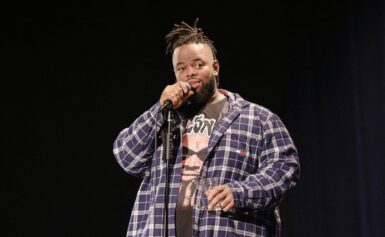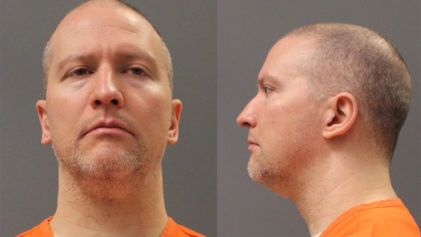A number of Historically Black Colleges and Universities has seen a surge in the enrollment numbers spurred in part by the Black Lives Matter movement, reports show.
Randolph Smith, 19, told The Washington Post he applied to Morgan State University in 2021, a year after the global protests erupted over the police killings of George Floyd and Breonna Taylor and the racial-motivated shooting of Ahmaud Arbery.
“It was like, yeah, I’ve got to be around my own people,” Smith, who is now a freshman, said to the newspaper. “I told myself, this is improving myself and improving my mental.”

Smith is among a slew of other students who have decided to attend HBCUs after the movement. Morgan State’s freshman class has doubled since last year. North Carolina A&T State, Prairie View A&M and Howard universities also have reported higher enrollment numbers since Summer 2020. It is welcome news for the nation’s more than 100 HBCUs that saw a dip in enrollment before the protests.
Data shows the number of students attending HBCUs declined by 11 percent from 2010 to 2019. About 10 percent of Black students attend schools, and they produce 20 percent of Black graduates.
Morgan State freshman Travyonna Jefferson said she chose the school because of access to financial aid and the sense of security it offers her.
“I do like being surrounded by Black people. We all relate. I love it,” Jefferson said. “It brings more comfort and a bit more security. Yeah, I feel safer here.”
More students enrolling in HBCUs means more financial backing for the schools. Some HBCUs have weathered financial problems because of the lack of funding. At the same time, many are still trying to find a balance.
Out-of-state students applying to North Carolina A&T University for Fall 2022 rose about 30 percent, while in-state applicants dropped by about 1.5 percent over the past year, school officials said.
Florida Memorial University saw its enrollment numbers plunge for 10 years, but witnessed its first increase in August 2021, just a year shy of the protests, which lasted through the summer of 2020.
The total revenue for HBCUs from 2019 to 2020, was $9 billion, with $1.9 billion from student tuition and fees. The schools spent $8.4 billion, of which $2.3 billion was spent on instruction, according to the National Center for Education Statistics.
In 2019, former President Donald Trump signed a bill into law that restored $250 million in funding for HBCUs. He also signed a bill that increased Pell Grants. About 70 percent of students who attended HBCUs received Pell Grants, and 83 percent received financial aid.
Since taking office, President Joe Biden has approved an unprecedented amount of funding for HBCUs. The Biden administration had discharged $3.7 billion in debt from loans provided to the Black schools for capital funding. The U.S. Department of Education also has bolstered grant funding to the schools, with the schools receiving $3.7 billion in pandemic relief from the American Rescue Plan Act.
Vice President Kamala Harris’ election helped raise the profile of her alma mater, Howard University, according to reports. Howard saw a 15 percent boost in its enrollment numbers during the pandemic, reports show.
Keisha Campbell, who oversees enrollment at Morgan, credits HBCUs’ history of social activism for the rise in enrollment.
The Baltimore-based school posted a sign on campus that says: “Morgan State University: Where Black Lives Have Always Mattered.”
“You can have those types of open conversations and open pieces of discourse and talk about what that means for you as a person, for you culturally, how you identify with those feelings of being a Black person in America,” Campbell said.
Alabama State University was the organizing hub for the Montgomery Bus Boycott. After Martin Luther King Jr.’s house was bombed, he and his family moved on ASU’s campus. King used the library there to complete his dissertation on Gandhi, according to reports.
The Student Nonviolent Coordinating Committee, led by Ella Baker, was created after a conference of 300 students at North Carolina’s Shaw University.
In 2020, non-Black students accounted for 24 percent of enrollment at HBCUs which — for those founded before 1964 were launched to educate Black people amid segregation — compared with 15 percent in 1976, according to NCES.
“You have all of these different folks that are coming together, saying I just want to be in an environment that welcomes me for who I am and what I am,” Campbell said.


